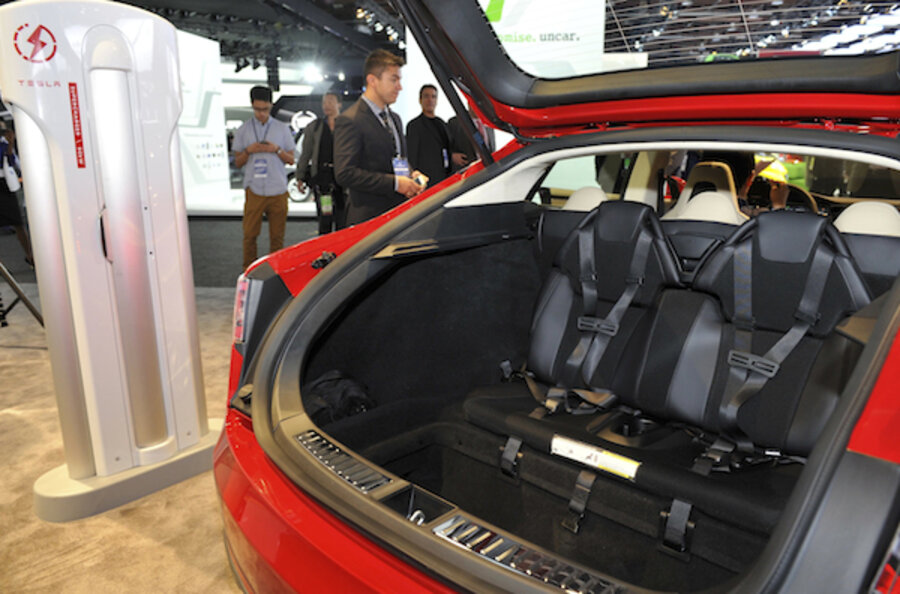Model S battery problems? Tesla and the Times trade jabs.
Loading...
Last week, John M. Broder of the New York Times published a hands-on test of the Tesla Model S sedan. The premise of the article was simple: Mr. Broder would drive the Model S along a stretch of I-95, on the east coast, stopping in at new charging stations at plazas in Newark, Del., and Milford, Conn. Along the way, he'd discover if the Model S could truly achieve its advertised 300-mile range.
Broder made it from Washington, his starting point, to Newark, with little problem. But the next day, according to Broder, the car "barely" reached Milford, and a day after that, the battery died completely, apparently the result of cold weather, forcing Broder to summon a flatbed truck to take him back to Milford, where he could have the Model S charged again.
When it comes to electric cars, Broder opined, "theory can be trumped by reality, especially when Northeast temperatures plunge."
Obviously, this is not particularly good press for Tesla, which wants consumers to feel comfortable in its cars – and few people are going to feel comfortable if they're gazing at the battery gauge every three seconds and sweating bullets. So no one should be too surprised by the response today from Elon Musk, the founder and CEO of Tesla.
"NYTimes article about Tesla range in cold is fake," Musk recently posted on Twitter.
He followed that tweet up with an interview with CNBC, wherein he explained that he had downloaded the vehicle logs from Broder's test car. The logs, he said, "showed in fact [that Broder] had not charged up to the maximum charge in the car. It's like starting off a drive with a tank that's not full." He also said Broder took extensive detours and cranked down on the gas pedal, which may have had adverse effects on the gauge.
Actually, "fake" may not be exactly the right word. Instead, what Musk appears to be arguing is that Broder misrepresented his test drive.
The Times, in turn, has vehemently denied that allegation. In a day full of back and forth accusations, the paper issued a press release, obtained by CNBC, standing by Broder's reporting.
"Any suggestion that the account was 'fake' is, of course, flatly untrue," the statement reads. "Our reporter followed the instructions he was given in multiple conversations with Tesla personnel. He described the entire drive in the story; there was no unreported detour."
Own a Tesla? Thinking about purchasing one? Drop us a line in the comments section. And for more tech news, follow us on Twitter: @CSMHorizonsBlog







